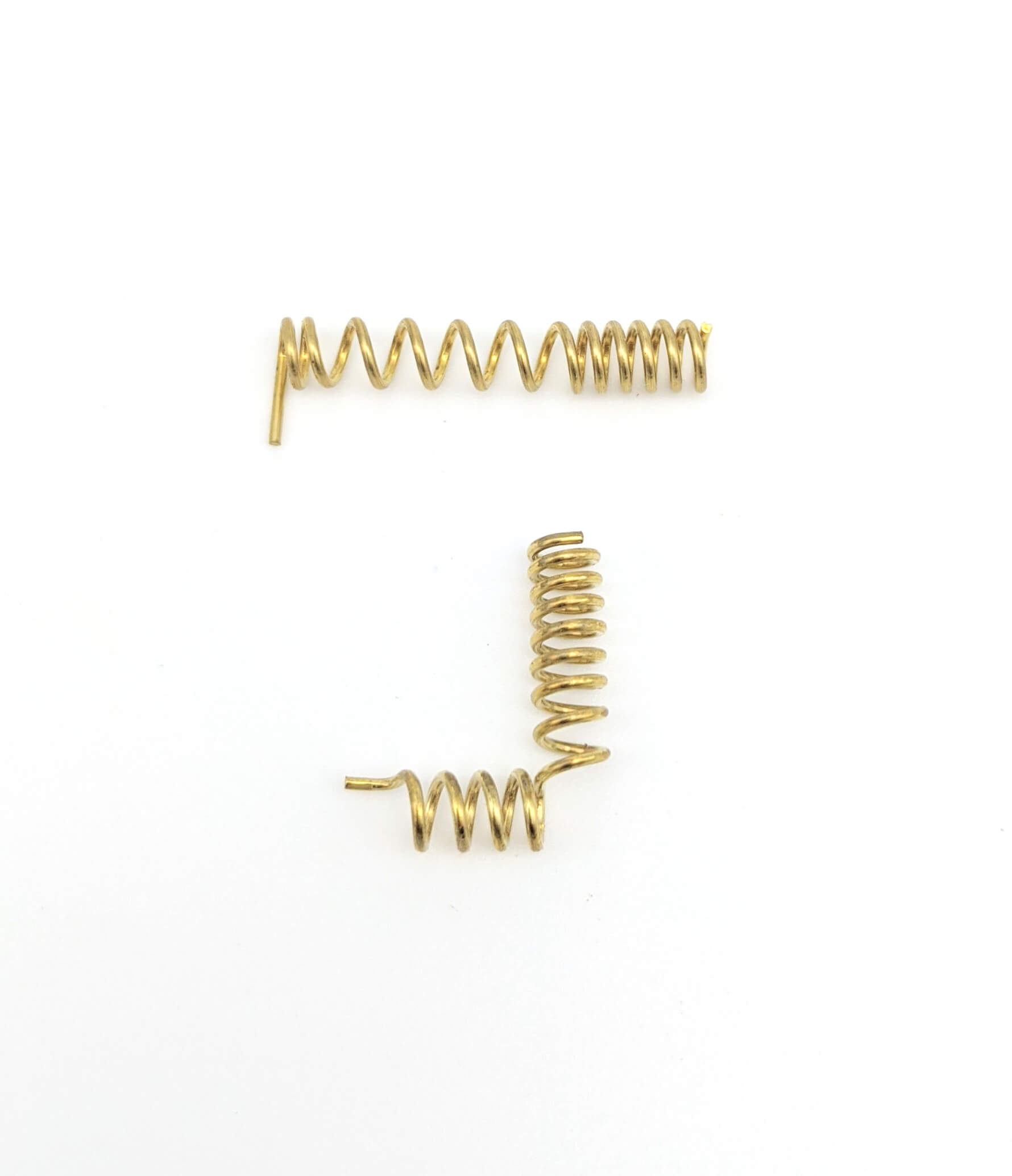Get unique, complex parts easily. No matter your requirements, Chaoyi Spring creates hard-to-produce coil springs and wire forms.
Let us help you create the custom wire form you need, from S-hooks and J-hooks to utility hooks and more.
We work closely with customers across a wide range of industries, helping them design and manufacture made-to-order parts.
Why choose Chaoyi Spring? We prioritize customer-focused collaboration, modern equipment and the latest technology to make your parts per print.
Find the information and guidance you need, from measuring a spring to learning about materials, placing an order and much more.
Springs, those ubiquitous components in countless devices, have a fascinating ability to store and release energy. Their behavior, characterized by compression and extension, is governed by fundamental principles of physics.


Springs, those ubiquitous components in countless devices, have a fascinating ability to store and release energy. Their behavior, characterized by compression and extension, is governed by fundamental principles of physics. The spring compression formula, a cornerstone of spring design and analysis, unveils the relationship between force, displacement, and spring stiffness. In this article, we embark on a journey to unravel the intricacies of this formula, exploring its practical applications, limitations, and the nuances that make it an indispensable tool for engineers and enthusiasts alike.

Imagine a simple coil spring, the type you might find in a pen or a toy. When you press down on it, you're applying a force that compresses the spring. The spring, in turn, resists this compression with a force of its own. This resistance is directly proportional to the amount of compression. This fundamental relationship, often referred to as Hooke's Law, is the heart of the spring compression formula.
The spring compression formula, mathematically expressed as F = kx, where:
This formula beautifully encapsulates the direct proportionality between force and displacement. The spring constant, k, is a measure of the spring's stiffness. A higher spring constant indicates a stiffer spring, meaning it requires a greater force to compress it by a given amount.
The spring compression formula finds widespread application across diverse fields, including:
While the spring compression formula provides a simplified representation of spring behavior, it's essential to acknowledge its limitations. Real-world springs exhibit more complex behavior than the idealized model suggests. Some factors to consider:
The spring compression formula stands as a powerful tool for understanding and predicting the behavior of springs. It's a fundamental concept in various fields of engineering, enabling designers to select and utilize springs effectively. While it's an idealized model, it provides a strong foundation for understanding the underlying principles of spring compression. By recognizing its limitations and considering factors like non-linearity and damping, engineers can make more informed design choices for optimal spring performance.
The spring compression formula, with its simplicity and elegance, is a cornerstone of spring design and analysis. As we've explored, it not only reveals the relationship between force, displacement, and spring stiffness but also serves as a valuable tool in numerous fields. By understanding the nuances and limitations of this formula, engineers can harness the power of springs to create innovative and efficient solutions for a wide range of applications. The world of springs, with its intricate interplay of forces and motion, continues to fascinate and inspire, constantly reminding us of the beauty and practicality of fundamental scientific principles.
Browse some of the custom wire forms and springs that we manufacture. Don’t see what you need? We specialize in made-to-order products that meet your application requirements.
Visit Our GalleryNeed a custom wire form or coil spring? We make it work. Fill out the contact form and a representative will respond within 1 business day. If you have a PDF or CAD file, you can submit to request a quote.